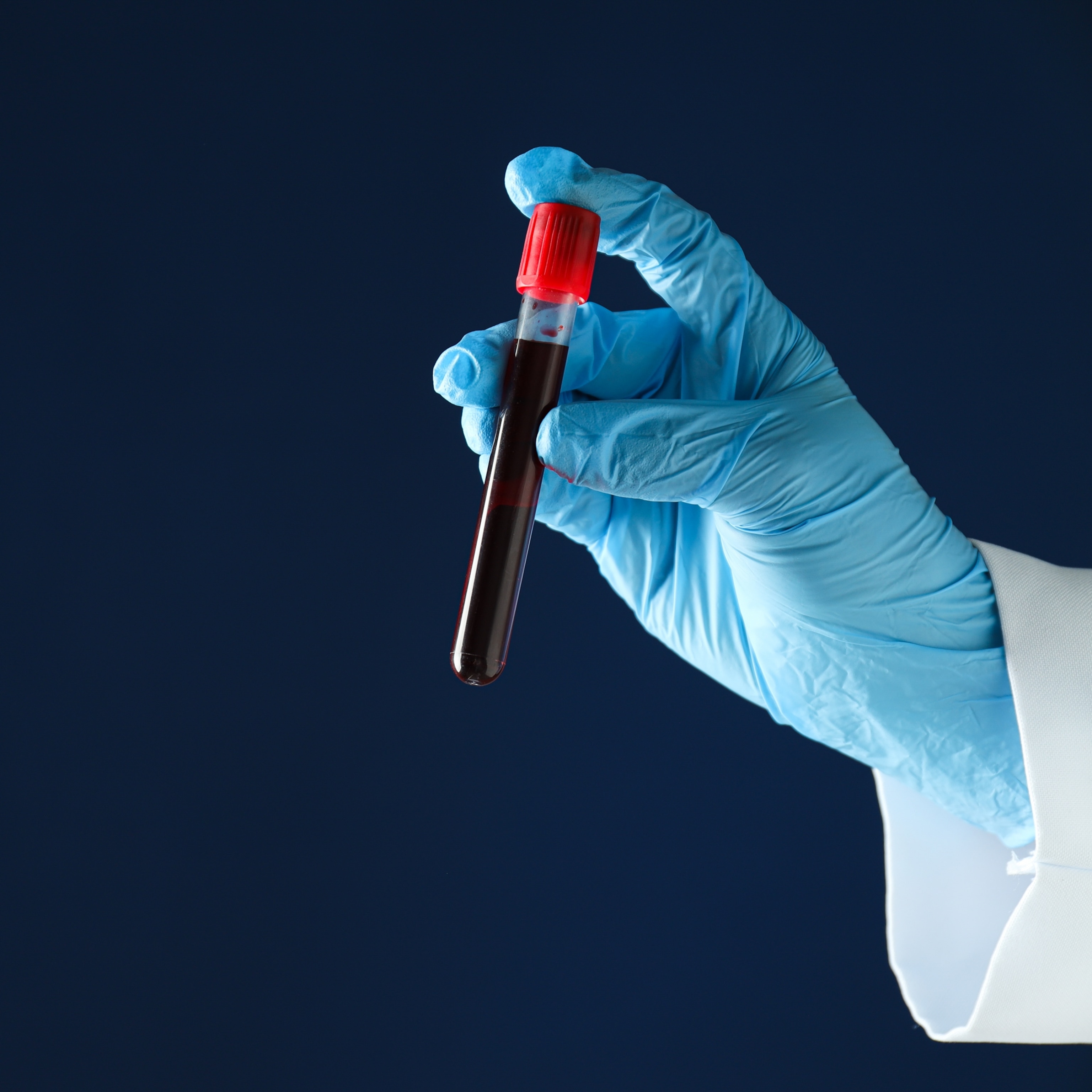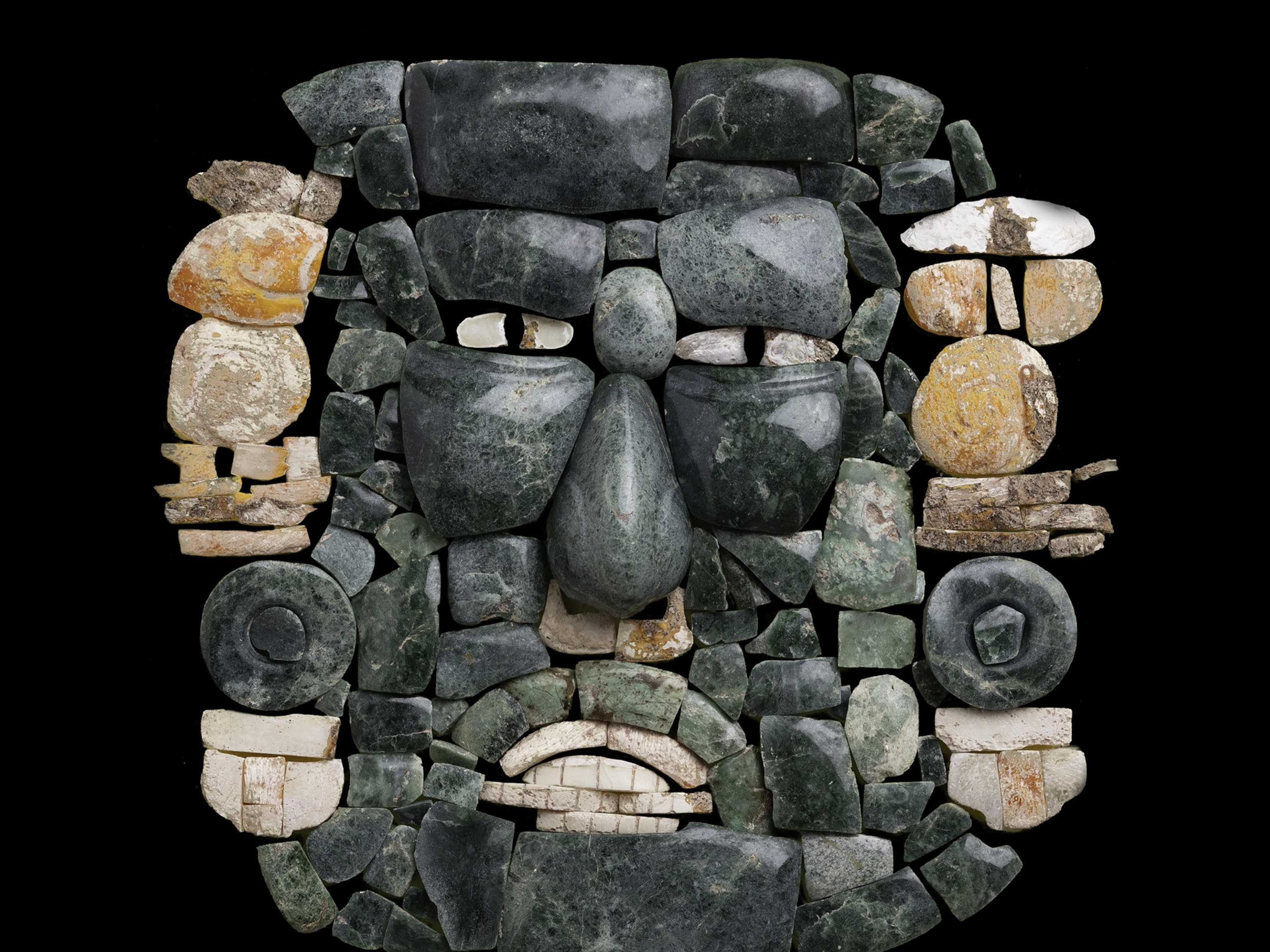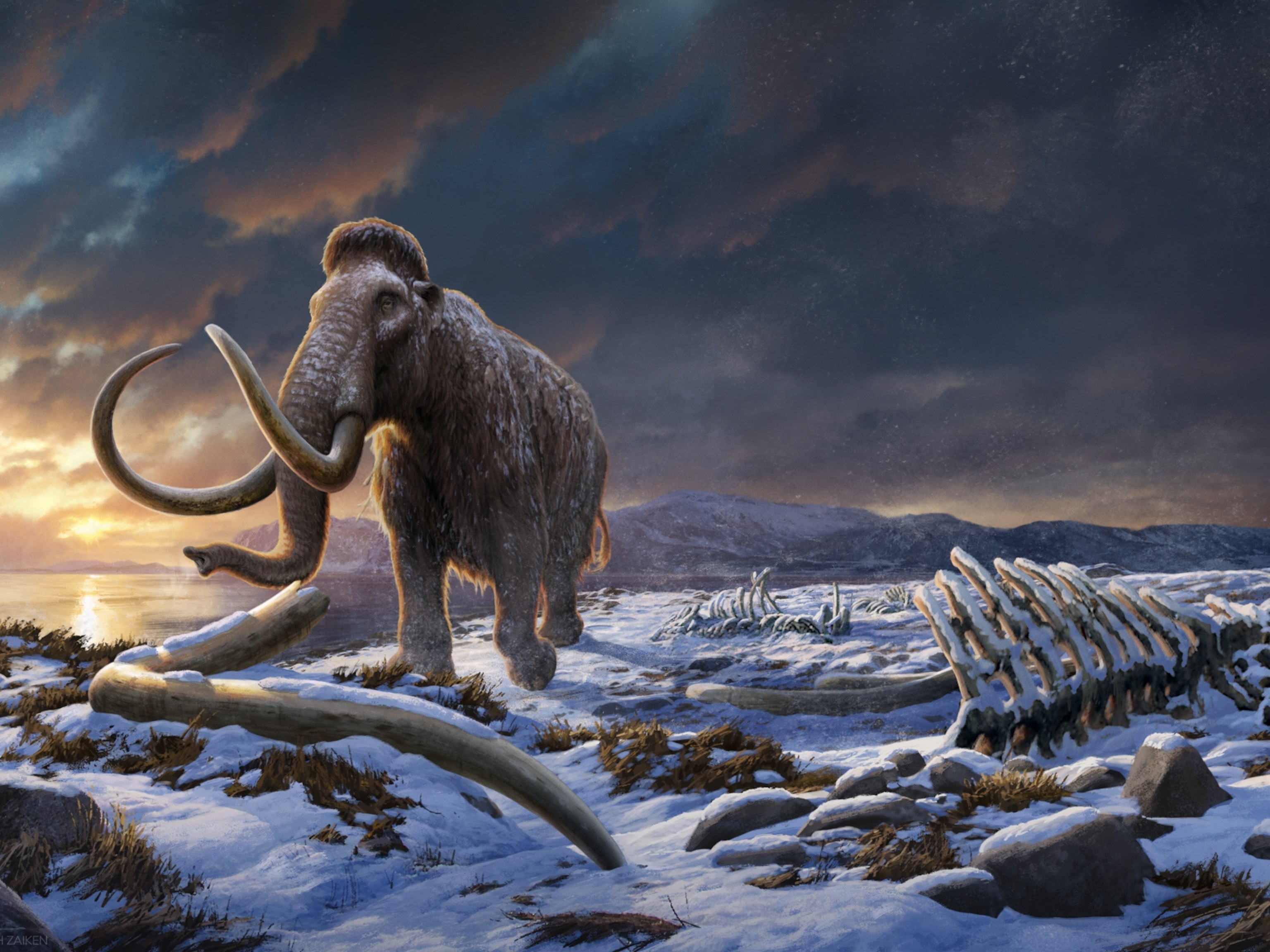
Earth's Life-Forms Collected to Aid in Genetic Research
The Smithsonian plans to create a huge bank of genetic samples to enable study of the planet's diversity through DNA sequencing.
It took a decade and nearly $3 billion to completely sequence the human genome. Now researchers at the Smithsonian National Museum of Natural History are helping to tackle Earth's remaining 1.3 million species through the Global Genome Initiative.
The plan is to eventually freeze embryos, seeds, and other genetic samples from as many of Earth's life-forms as possible. The project will make use of the Smithsonian Institute's biorepository, a 6,500-square-foot, $9 million storage facility that has space for more than 4.2 million tiny vials of cryogenically frozen tissue samples.
That'll be no easy task, but Kirk Johnson, head of the museum, insists it's a crucial shift if the Smithsonian hopes to continue making scientific discoveries. "Museums started with collections of natural objects you could look at," he explained.
"It was Darwin's insight that all of life is related. Those connections used to be made with morphology and anatomy," he added. "That's not good enough anymore."
Morphology and anatomy can't explain, for example, how or when a bird or bat diverged along the evolutionary timeline. Both have wings that function similarly but are structurally different. Most vertebrates have similarly functioning eyes, which makes sense because most vertebrates are obviously related. But how can scientists explain why octopi—which aren't naturally related to vertebrates—also have eyes similar to human eyes?
The appearance of similar features in species of different lineage is called convergent evolution and, said Johnson, studying this phenomenon through physical structures can get a scientist only so far. In fact, genetic analysis may suggest that some species that don't appear to be related are more related than we think. "We're close to learning all we can with morphology and anatomy. With convergent evolution, you need to look at genetics to get these answers."
Possibilities for Curing Diseases, Reversing Extinction
Researchers believe that genomes—the entirety of an organism's hereditary information—may hold clues to curing certain diseases. They also think that one day, raw genetic information (the four nucleic acids that make up DNA) could be used in cloning, which would theoretically allow scientists to bring back certain species from extinction and to conserve others that are endangered.
But "science as a whole doesn't yet have a firm, settled knowledge of how you go from a genome to a body," said Jonathan Coddington, an entomologist who is leading the initiative's research and collection team.
Whether cloning or de-extinction will ever become a legitimate conservation method is anyone's guess, but there are undeniable benefits to having a library of as much genetic data as possible, said Pete Shanks, of the Center for Genetics and Society.
"I think the reviving of species is pretty much a sideshow, but I'm in favor of anything that leads to us knowing more about genetics," Shanks said. "Especially with evolutionary biology, genetics is changing the views and relationships between [species and groups of species]."
Expanding the Biorepository
The museum won't be starting from scratch: It already has more than 127 million objects, many of them in the biological sciences, in its collection. And many of those tissues can be sequenced.
The Smithsonian will also share resources with the British Natural History Museum and other biorepositories worldwide. Other leaders in the field of genetic analysis are the San Diego Zoo, which has an extensive database of animal genomes, a "seed bank," and a "frozen zoo" of cell cultures from more than 9,000 animals; the University of California, Santa Cruz, with the world's most extensive online database of genomes; and the U.S. Department of Energy, with an online database of current genome research.
If the Smithsonian itself doesn't have a particular sample in its repository, the Global Genome Initiative hopes to serve as a clearinghouse of sorts between repositories like the San Diego Zoo and scientists who want to do genetic research on those institutions' samples.
To help fill in gaps, researchers involved in the project will be trained in how to collect samples of a wide variety of plant, animal, and fungus species. Scientists who meet certain criteria will be able to "check out" these samples to perform experiments, which might include cloning.
"In the past, as a scientist, if I wanted a sample of species X, I'd go out and spend time gathering species X and ignoring everything else," said Seàn Brady, a Smithsonian scientist working on collecting new samples for the project. "We can't keep doing business that way. We're trying to coordinate teams of people to sample wide swaths of life. Some areas—especially in the tropics—have incredible biodiversity, and we're trying to take advantage of that."
Costs Decreasing, Technology Improving
Since the first genome was sequenced (of Haemophilus influenzae, a bacteria that was mistakenly thought to cause the flu) in 1995, just 4,400 genomes have been sequenced, according to the Department of Energy's Joint Genome Institute. "Non-charismatic forms of life, your spiders, marine invertebrates, crustaceans, flies—there's almost nothing known about them as far as their genomes go," said Coddington.
While it once cost six figures and took many years to fully sequence a genome, it can now be done in a matter of days for a few thousand dollars. That price is expected to fall to about $1,000 over the next several years—a cost low enough for the Smithsonian to start sequencing genomes itself, something that Coddington said was unimaginable even two years ago.
Coddington likened the improvement in sequencing technology to the dawn of commercial spaceflight over the past several years. "Think about the NASA program of the early '60s—it cost billions of dollars to get a couple of people to the moon, and now we're doing boutique spaceflight," he said. "It's the same with genomes—it took many years to do the first one, but now we're poised to do it on an industrial scale for all the species of the Earth."
Envisioning the Future
Coddington envisions a day when the process is nearly entirely automated. In the past, genome sequencing was an "artisanal" process, with specialists extracting genetic material by hand and sequencing it, he said. Now "we're interested in using robotics and extracting whole genomic DNA from hundreds of species a day."
Within five years, Coddington wants to have 200,000 genomes done, roughly one for every genus of life identified on Earth. That, he said, should "essentially preserve most of the diversity of the global genome." From there, the team will decide whether it's feasible to sequence all 1.9 million identified species. Scientists believe that less than 20 percent of Earth's species have been described.
"We're going to tackle the problem systematically," Johnson said. "At first, we're trying to get a rough draft. We won't do every ant, but we'll do all the families of ants and all the families of bees. It's like coloring in the tree of life. We'll start at the thicker branches and work our way out."








